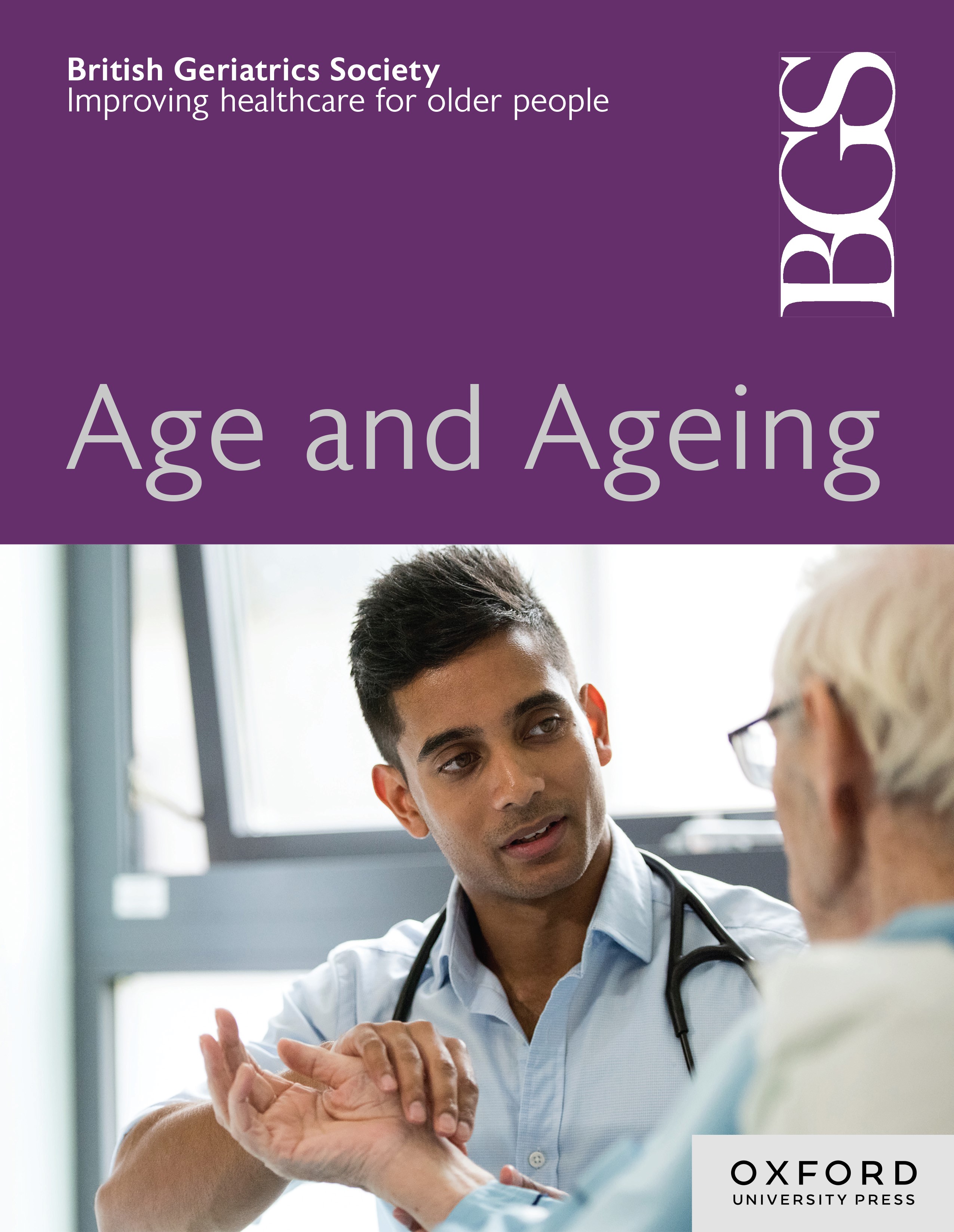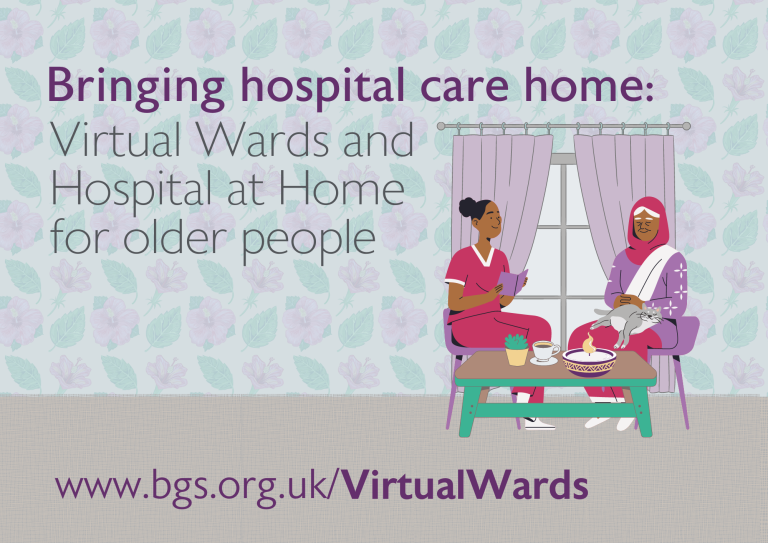Sasha Shepperd, Professor of Health Services Research, Nuffield Department of Population Health, University of Oxford, has a longstanding research interest in generating robust evidence to identify cost-effective health service delivery interventions that improve patient health outcomes.
Graham Ellis, Deputy Chief Medical Officer Scotland is a geriatrician and an honorary professor at Glasgow Caledonian University. His research interests include the organisation of services for older people. He was founder and past president of the UK Hospital at Home Society and was appointed Deputy Chief Medical Officer for Scotland in 2021. He Tweets at @GrahamEllis247.
Dr Shelagh O'Riordan is a Consultant Community Geriatrician, Kent Community Health NHS Foundation Trust and Professional Adviser to the Discharge and Community Services team, NHS England. She Tweets at @jupiterhouse1.
Encouraged by the rapid set-up of out-of-hospital services during the COVID-19 pandemic, there is a renewed emphasis on providing safe and high quality ‘hospital at home’ that offers an alternative to a hospital admission. This has the dual purpose of increasing bed capacity and providing patients with the option to remain at home, something that many prefer.
Previous attempts at implementing these services have largely been dependent on enthusiastic clinical teams, with expansion limited by a lack of investment, difficulties in delivering an integrated care pathway across secondary and primary care and a lack of confidence in the evidence. With the publication of the findings from a UK-wide randomised trial funded by NIHR, there is more confidence that geriatrician-led multi-disciplinary admission-avoidance ‘hospital at home’ has a place in the delivery of health services for older people who are medically unwell, physiologically stable and referred for hospital admission. There were similar outcomes for those allocated to hospital at home versus hospital admission for the main outcome of living at home. The research found a reduction in admission to new long-term residential care and high levels of patient satisfaction for hospital at home. A higher transfer rate to hospital at follow-up after one month for those allocated to hospital at home was observed. Up until recently there has been limited evidence on the cost-effectiveness of hospital at home, compared with hospital admission. To address this, a cost-effectiveness analysis was conducted in parallel with this UK randomised trial and published in Age and Ageing. Costs were estimated per participant from a health, social care and societal perspective. The main finding was that due to a combination of lower hospital and social care costs admission-avoidance hospital at home, if implemented as intended, can be a cost-effective service that has potential to strengthen the provision of healthcare for an older population.
The publication of these findings coincided with a review of services by NHS England in response to the pandemic, with similar conversations in Scotland, Northern Ireland and Wales. It also provided evidence to support the inclusion of frailty virtual wards, also known as Hospital at Home, as part of NHS England’s virtual ward programme. This programme aims to see 40-50 virtual ward ‘beds’ per 100,000 population by December 2023. Virtual wards are defined as a safe and efficient alternative to hospital bedded care. All Integrated Care Systems have submitted plans for frailty hospital at home, as well as other virtual wards, with more emphasis on remote monitoring. The aim is to ensure patients living with frailty have an alternative offer to hospital admission. This will depend on workforce recruitment, the scope for innovation and capacity. These new services will also allow people to return to home earlier if they are admitted to hospital.
Different models are being established, some adding to the existing urgent community response teams and others with a focus on acute hospitals with specialists advising staff who are visiting patients at home. There is an emphasis on using remote technology for the virtual ward teams to support people living with frailty and people with an acute respiratory infection, and their carers. In Scotland, Hospital at Home services started in seven Health and Social Care Partnerships (covering approximately 35% of the population) prior to the pandemic. Supported by Healthcare Improvement Scotland, these have been expanding to encompass a further six partnerships in 2020/21 and seven more in 2022/23, aiming to reach close to 70% of the population. Service development and expansion is accompanied by initiatives to support networking amongst clinicians, educational resources and the development of staff competencies. Alongside the development of services designed for older people, there is a programme to expand virtual hospital capacity for other clinical pathways such as Community Respiratory Teams, Outpatient Parenteral Antibiotic Treatment services and Heart Failure pathways.
For hospital at home to evolve and strengthen the capacity of a health system, integration with secondary care is crucial. The service needs to be seen as distinct from routine community services and it must be cost-effective. Sustainable implementation should include monitoring unintended consequences such as transfers to hospital, the efficient use of remote technology, and the impact on older people and their carers in order to maintain high levels of patient satisfaction and the workforce as roles adapt. Working collaboratively across the four nations with the UK Hospital at Home Society - which evolved from the sites that recruited to the multi-site randomised trial - provides a forum to share local innovations that deal with the challenge to these services. It also enables benchmarking standards of care for the delivery of high-quality person-centred care that aligns with patients’ and carers’ preferences.


